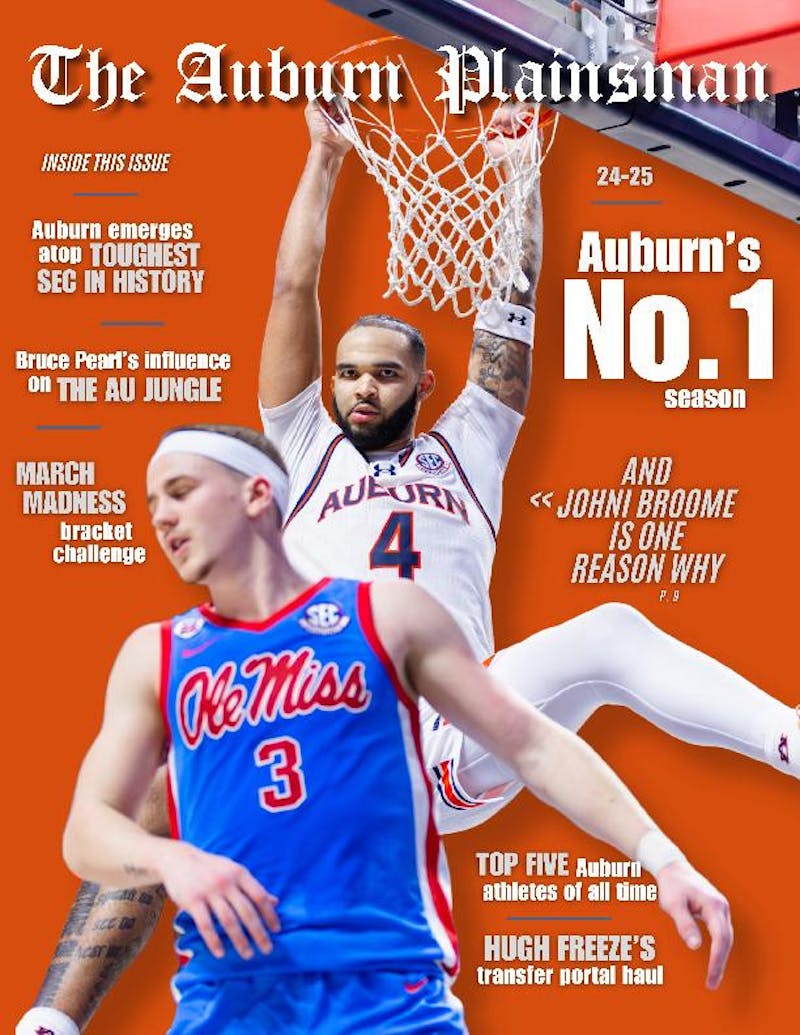The NCAA is issuing a new standard for college baseball bats this season. The new "Ball-Bat Coefficient of Restitution" (BBCOR) standard became effective Jan. 1.
According to the NCAA website, the new BBCOR formula provides a better measure of a bat's performance.
The goal is for nonwood bats that meet this new standard to perform more similarly to wood bats instead of aluminum bats.
The new standard was issued to regulate the ball's speed after contacting the bat, which will reduce the number of injuries caused to pitchers.
Auburn head coach John Pawlowski said the team received the new bats in the fall in preparation for the season.
"There's definitely a difference," Pawlowski said. "The ball doesn't come off the bat as fast."
Pawlowski said the new bats will allow pitchers more time to react to the ball.
Georgia Tech assistant coach Rick Rembielak worked with the sporting equipment manufacturing company Easton for 11 years.
"The NCAA had told us, 'Whatever you want, you can manufacture,'" Rembielak said. "So we realized we can make a different kind of bat to improve safety."
Rembielak said he believes the emphasis is now going to be put on defense to win games since the number of both home runs and runs will decrease with the new bats.
"You're not going to have those 15-13 games as often," Rembielak said.
The average number of runs scored per game have increased slightly through recent years; there was an average of 6.57 runs per game in 2008, 6.88 in 2009 and 6.98 in 2010.
The NCAA rules committee believes this increase in offensive performance is the result of the kinds of bats that have been used in past years, according to the NCAA website.
Pawlowski said his players enjoyed using last year's bats since the ball came off the bat much easier.
"But (the new bat) is what we have to use, so we have to be prepared," Pawlowski said. "Offense for all of college baseball will not be where it was at last season. It's an adjustment period, so it's going to take a little while, but we've already started to make adjustments."
The NCAA has declared they will incorporate a logo to be placed on every approved bat design so umpires can easily identify them.
Many college baseball coaches have argued against the new bat standards.
"The argument that was going on was that college baseball has increased its attendance year by year because the fans want to see runs; they want to see the action," Rembielak said. "TV sponsorships have been increasing because people want to see action and not a 1-0 game.
"And many coaches are saying, 'Well, why fix something that isn't broken?' They don't think there is a major injury factor."
But Rembielak is confident the switch in bat standards will not disrupt the game.
"College baseball is always going to be college baseball," Rembielak said. "There will still be enough action for the fans."
Pawlowski said he agrees the switch will do little to disturb the game.
"It'll be interesting to see the true effect that the bats will have on the game this season," Pawlowski said.
Do you like this story? The Plainsman doesn't accept money from tuition or student fees, and we don't charge a subscription fee. But you can donate to support The Plainsman.




